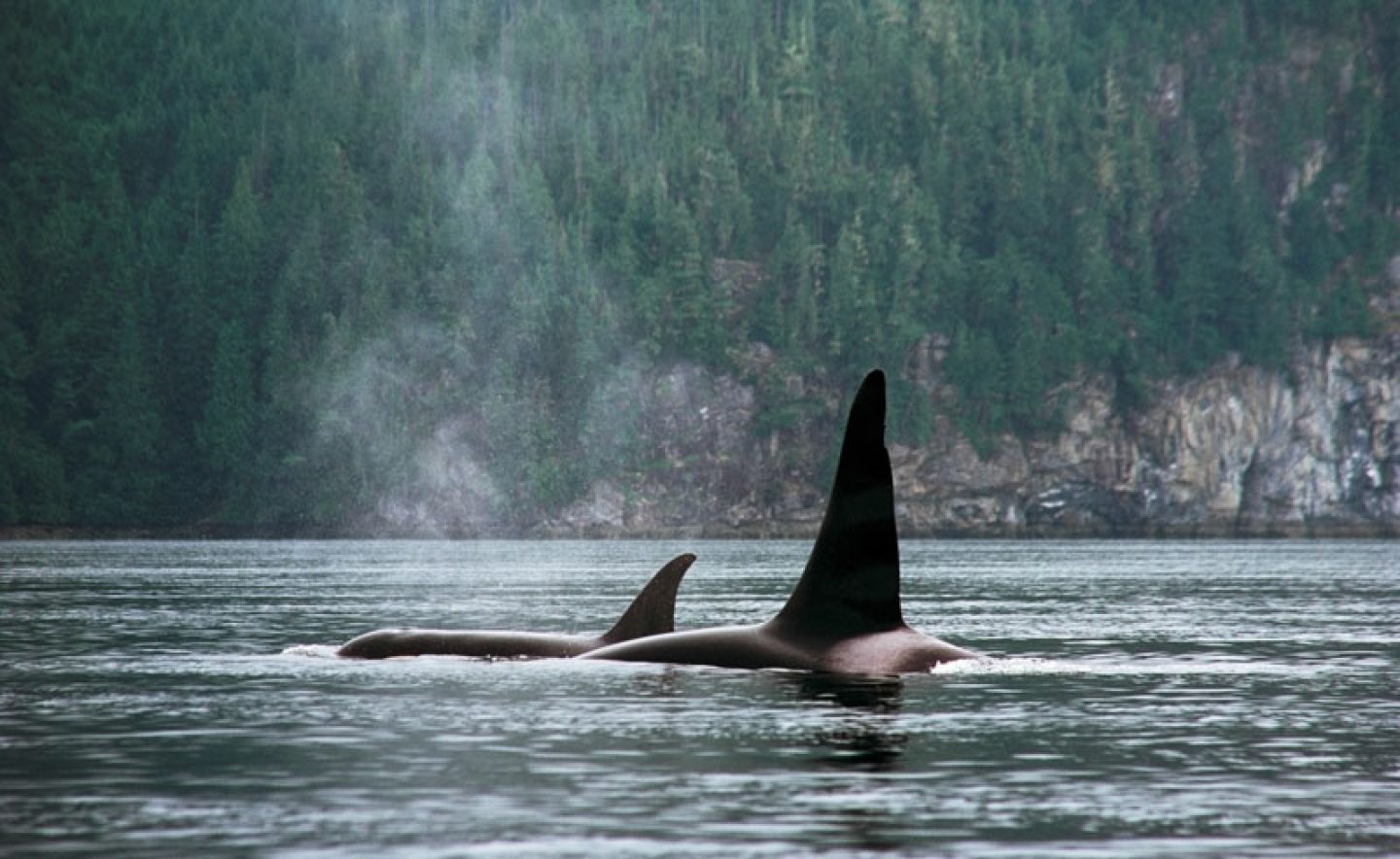
Award-winning travel writer and photographer, William Gray recounts a paddling trip in Johnstone Strait, British Columbia.
They came late at night when mist lay thick across Blackfish Sound. The deep sighs of their breaths pulsed across the water – a soft sound, yet strong enough to pervade the dense forest and rouse me from sleep. I crawled from my tent and walked barefoot to the shore. The tide was ebbing – chuckling through the kelp beds that in daylight seemed to wrap these islands in glistening amber. One, two, three… I counted each rhythmic set of exhalations. Orca passing in the night!
For three days, we had searched for them, travelling by sea kayak from island to island, carrying all our food and freshwater and camping on pebbly beaches or in forest clearings. We had timed our trip to coincide with the annual salmon run when countless millions of fish return to their native streams to spawn – a time of plentiful food when we knew the orca would be here.
Our weeklong kayaking trip was centred on one of the world’s best places to see orca – the watery maze of inlets, sounds and islands at the northern end of Johnstone Strait, between Vancouver Island and the mainland of British Columbia.
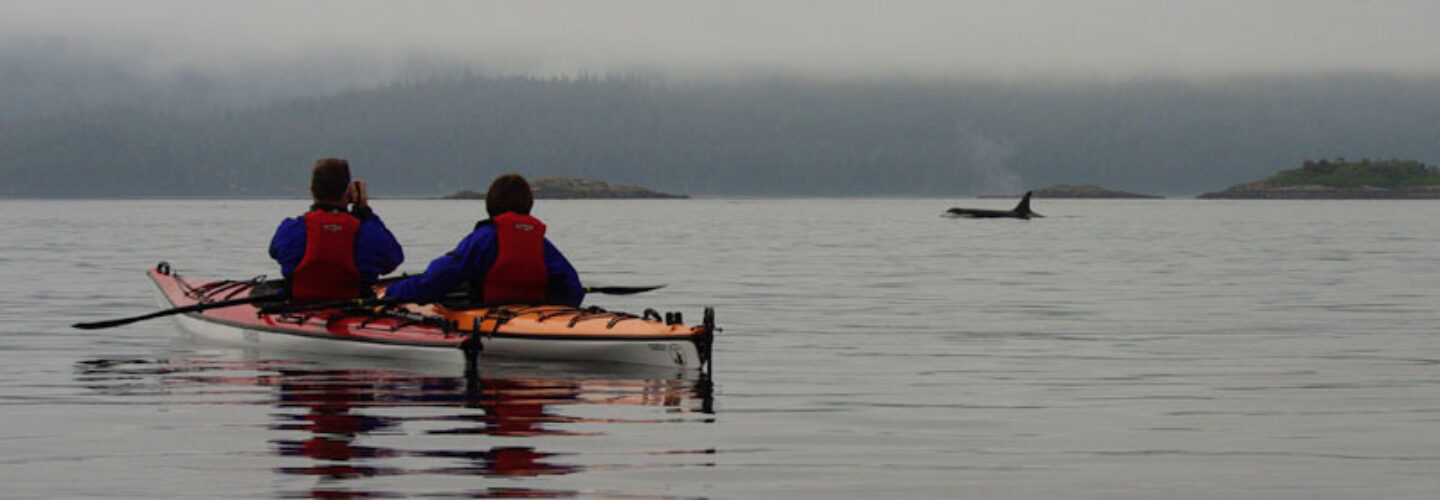
Some 200 individually identified orca make up the Johnstone Strait population. Researchers can tell them apart at a glance, either by the shape of the dorsal fin or the distinctive piebald markings along their flanks. Each whale is assigned a letter and a number. Over several decades, life histories and family trees have been logged, births and deaths catalogued and behaviour recorded.
We were paddling through a realm of giants – where towering red cedars grow to 1,000 years old and where bald eagles, black bears and orca gain mythological stature in the minds and carvings of the local Kwagiulth people.
But it wasn’t a total wilderness our guide would remind us. Occasionally we heard the throb of a tug, hauling barges laden with timber. Then there were fishing boats – lured here like the whales and eagles by the summer glut of salmon. Cruise ships also slipped past, bright as slivers of bone against the green flesh of forested hillsides, joining the traffic riding the great coastal highway of the Inside Passage.
In our two-person sea kayaks, we could not hope to travel more than 10km each day, but what we lacked in range and speed we made up for in a steadily growing intimacy with our surroundings. We paddled in a tight cluster, nosing about in remote, sheltered inlets where we watched basking harbour seals or grappled with the tangled stems of kelp that looped above the surface like the arms of a sea monster. Flocks of dainty phalaropes (a type of shore bird) fussed over the surface and on several occasions we were surrounded by leaping schools of Dall’s porpoise – diminutive relatives of the orca, but fast and straight as torpedoes.
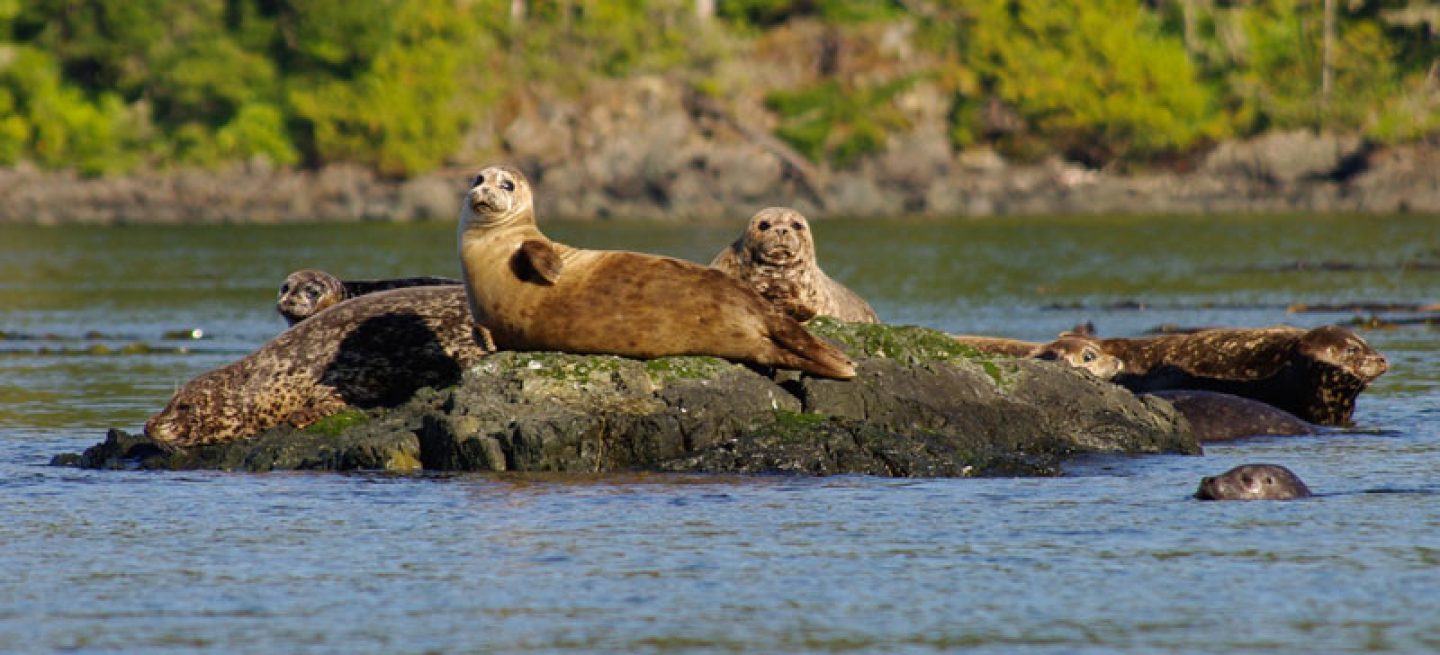
Every few hours we landed on deserted beaches strewn with haphazard piles of drift logs – like a giant’s version of pick-up sticks. We explored each island’s interior, our footsteps muted by a springy turf of moss and pine needles. And from the vantage of a cliff or hilltop, we would gaze across sun-spangled bays and inlets to forest-stubbled islands and the snow-capped Coast Mountains beyond.
You set off on a sea-kayaking trip in Johnstone Strait totally focussed –obsessed even – with seeing orca. The day we finally saw triangular, black dorsal fins cleaving the surface, and heard the explosive rush of air as a pod of orca rose to breathe, was an unforgettable experience. But the longer you paddle through this spectacular wilderness, the deeper you fall under its spell and realise that seeing orca is simply a bonus.
Start planning your trip
Discover more about what you can see and do in British Columbia from bear watching to horse riding.

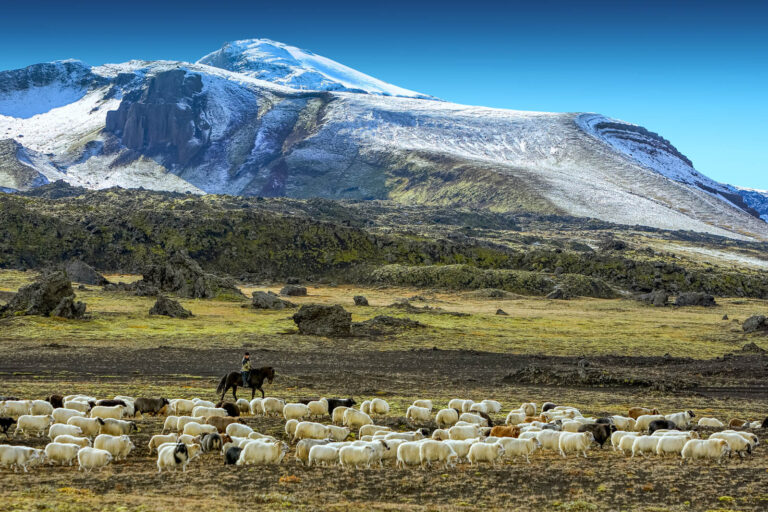
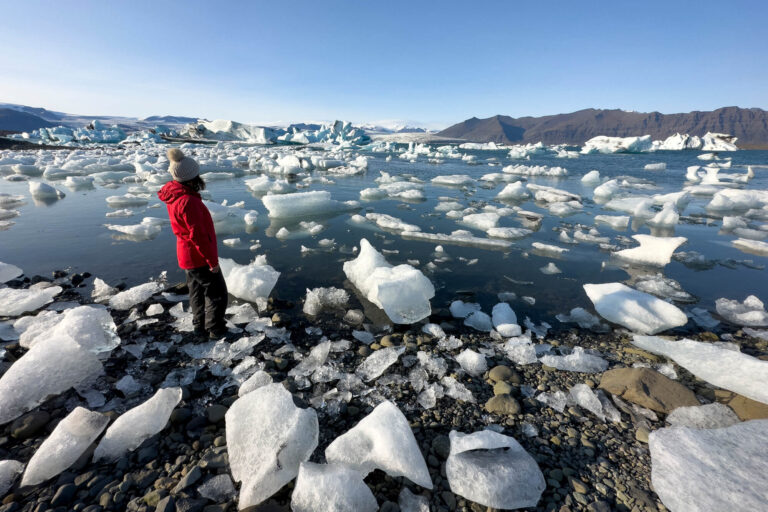



 Instagram
Instagram
 Facebook
Facebook
 YouTube
YouTube